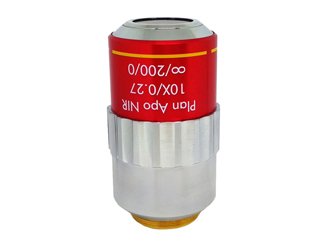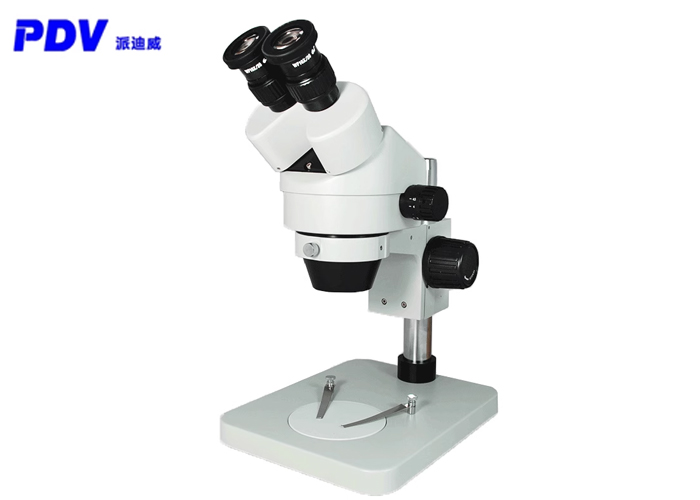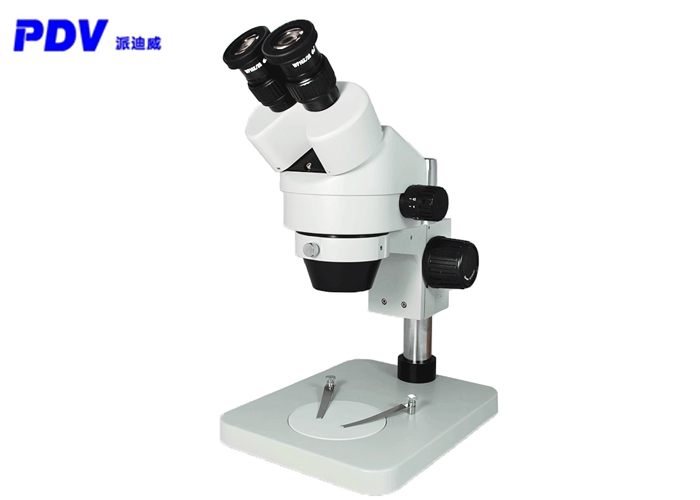Professional optical microscope objective lens classification
The objective lens is the most important optical component of the microscope. It uses light to image the object under inspection for the first time. Therefore, it directly affects the quality of imaging and various optical technical parameters.
Classification according to the degree of objective lens phase difference correction can be divided into:
(1) Achromatic objectives
This is a common objective lens with the word "Ach" on the housing. This type of objective can only correct the chromatic aberration (red, blue) and spherical aberration (yellow-green light) of the point on the axis and eliminate the coma of the paraxial point. The chromatic aberration and spherical aberration of other colored light cannot be corrected, and the field curvature is large.
(2) Apochromatic objectives
The apochromatic objective lens has a complicated structure. The lens is made of special glass or fluorite, and the casing of the objective lens is marked with "Apo". This objective lens can not only correct the chromatic aberration of red, green and blue light, but also correct Spherical aberration of red and blue light. Because the correction of various phase differences is extremely perfect, it has a larger numerical aperture than achromatic objectives with response magnification. This not only has high resolution, excellent image quality, but also a higher effective magnification. Therefore, apochromatic objectives have high performance and are suitable for advanced research microscopy and photomicrography.

Apochromatic Objectives
(3) Semi-apochromatic objectives
Semi-apochromatic objectives are also called fluorite objectives. The objective lens and the housing of the objective lens are marked with "FL". The structure has more lenses than achromatic objectives, less than negative achromatic objectives. The imaging quality is much higher than Achromatic objectives are better, closer to apochromatic objectives. The flat-field objective lens is to add a thick half-moon-shaped thick lens to the lens system of the objective lens to achieve the defect of correcting field curvature. Flat field objectives have a flat field of view and are more suitable for microscopy and microscopy.
(4) Special objective lens
The so-called "special objective lens" is specifically designed and manufactured to achieve certain specific observation effects on the basis of the above objective lenses, such as infinity corrected long working distance objective. There are the following:
1. Objective with correction ring
A ring-shaped adjustment ring is installed in the middle of the objective lens. When the adjustment ring is rotated, the distance between the lens groups in the objective lens can be adjusted, so as to correct the coverage difference caused by the non-standard cover glass thickness. The scale on the adjustment ring can be from 0.11 to .023. This number is also marked on the housing of the objective lens, indicating that the error between the thickness of the cover glass from 0.11 to 0.23mm can be corrected.
2. The objective lens with the iris diaphragm
The upper part of the objective lens tube is equipped with an iridescent diaphragm, and an adjusting ring that can be rotated outside can adjust the size of the diaphragm aperture when rotating. The objective lens of this structure is an advanced oil-immersed objective, and its role is to darken In the field of view microscopy, the illumination light often enters the objective lens due to some reasons, so that the background of the field of view is not dark enough, resulting in a reduction in the quality of the microscopy. At this time, adjust the size of the diaphragm to make the background darker, make the object under inspection brighter, and enhance the effect of microscopy.
3. Phase contrast objective
This microscope objective lens is a special objective lens for phase contrast microscopy, which is characterized by a phase plate installed at the back focal plane of the objective lens.
4.Uncovered objective lens
Some objects to be inspected, such as smears and slides, cannot be covered with coverslips. In this way, uncovered objective lenses should be used during microscopy, otherwise the image quality will be significantly reduced, especially during high magnification microscopy. The housing of this objective lens is often marked with NC, and at the same time, there is no 0.17 on the cover glass thickness position, and "0" is marked.
5. Long working distance objective lens: This objective lens is a special objective lens for inverted microscope. It is designed to meet the microscopic examination of tissue culture, suspension and other materials.













